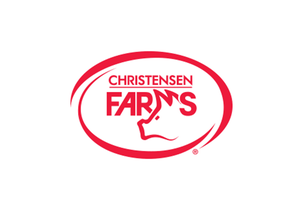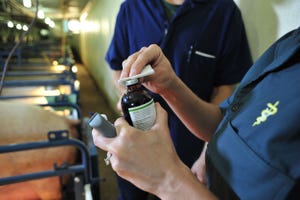Late last week, Russia announced it is going ahead with restrictions on U.S. pork containing the feed additive ractopamine, despite the fact that the U.S. Food and Drug Administration approved it as a safe feed additive years ago.

Late last week, Russia announced it is going ahead with restrictions on U.S. pork containing the feed additive ractopamine, despite the fact that the U.S. Food and Drug Administration approved it as a safe feed additive years ago.
Russian officials vow that U.S. pork imports found to contain ractopamine will be at risk of destruction or re-export because it violates Custom Union (Russia, Belarus and Kazakhstan) regulations.
According to the National Pork Producers Council (NPPC), the U.S. Department of Agriculture does not have a testing and certification program in place to detect ractopamine residues in pork or beef.
NPPC is reporting that Agriculture Secretary Tom Vilsack has said the United States will not accept Russia’s demand that the United States certify pork and beef shipments as free of ractopamine.
Nick Giordano, NPPC vice president and counsel for International Affairs, says, “We are pushing hard for a quick resolution of the ractopamine issue. This is not about ractopamine. This is about protectionism and using production practices (and products used in the production process) as a basis to restrict exports.”
A few years ago, Russia’s pressure on tetracycline standards resulted in the United States implementing an export verification program, he says.
Giordano declares: “Russia has failed to conduct a risk assessment or otherwise establish any scientific evidence to substantiate their restrictions on tetracycline and ractopamine.”
Ractopamine is commonly used in hogs as a feed additive in late finishing to boost feed efficiency, growth rate and lean carcass percentage.
Earlier this year, the United Nation’s Codex Alimentarius, which sets international standards for food safety, approved a maximum residue limit (MRL) for ractopamine, which U. S. pork adheres to.
Currently, only 41% of U.S. pork plants are eligible to export to Russia due to the imposition of non-science-based trade barriers, such as zero tolerance on pathogens in raw products, an unachievable standard for any country in the world, NPPC says.
In October, Russia posted its large total of U.S. pork exports since May 2010, according to the U.S. Meat Export Federation, with 29,211 tons valued at $38.9 million. That pushed the January-October results to 190,445 tons – up 30% over the same period last year – valued at $247.6 million, up 20%.
About the Author(s)
You May Also Like




